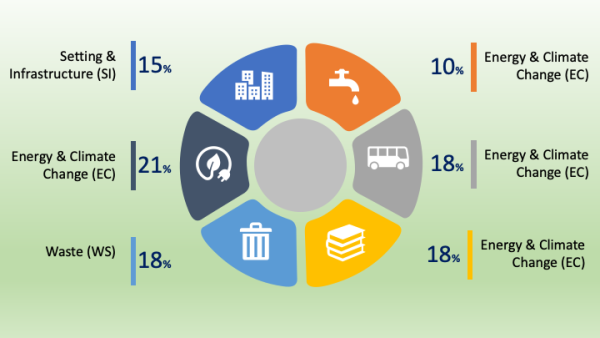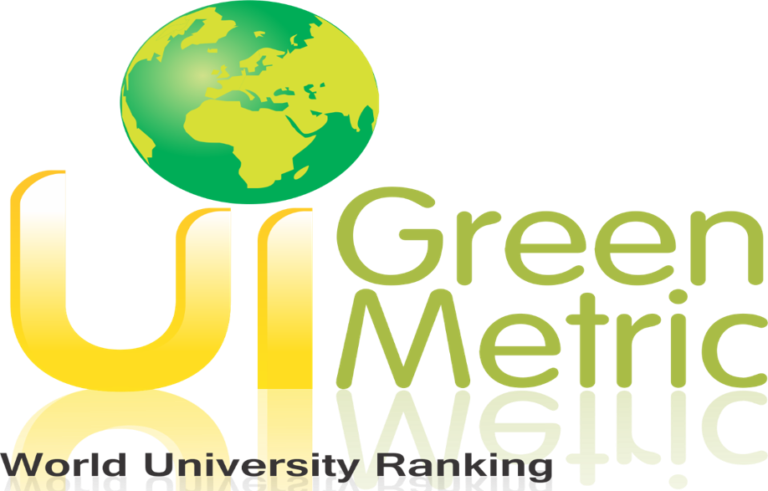UI GreenMetric was initiated by Universitas Indonesia in 2010, and was later known as UI GreenMetric World University Rankings. It was developed to measure campus sustainability based on an online survey. The survey intended to portray sustainability policies and programs for universities worldwide, and USIM has been participating since 2014. The ranking broadly depends on the Environment, Economy and Equity conceptual framework.
USIM participation in the UI GreenMetric assessment is aligning with the university’s 17 sustainability development goals, which have been formally announced as Blueprint Kelestarian USIM in 2021. The sustainability agenda is designed according to Maqasid Syariah pertaining to the establishment of Kampus Barakah.
AIM OF THE RANKING
- To encourage universities in the world to look and self-assess their policies and direction in the relation to the effort to combat global climate change.
- Keeping the campus green.
- Involving all stakeholders in behavioural change in keeping a sustainable campus environment
METHODOLOGY


UI GreenMetric ranking is using a set of criteria and methodology that has been carefully designed in 6 criteria with 39 indicators. The six criteria are i.e. Setting and Infrastructure (SI), Energy and Climate Change (EC), Waste (WS), Water (WR), Transportation (TR), and Education (ED). These criteria include such baseline information as the size of the university, both spatially and population, campus location and amount of green space, information on energy use and recycling, transportation and policy on decreasing carbon footprint, and water and waste management. It also includes the institution’s effort in establishing green policies and management as well as sustainable education and research.

Setting & Infrastructure
More space for greenery and safeguarding the environment, as well as the campus sustainable development budget.

Energy & Climate Change
Increase the effort in using energy efficiency appliances and develop renewable energy.

Waste
Some programs and waste treatments (i.e. recycling programme, toxic waste, organic and inorganic waste, etc).

Water
Decrease groundwater usage, increase conservation program, and protect the habitat.

Transportation
Transportation policy to limit the number of private vehicles, pedestrian.

Education & Research
Courses, research, publication, website, report related to green and sustainability.

